In Lake Oswego we are enjoying the warmth of summertime as much as any other Oregon residents, and maybe a little more in some ways! Here, we are very lucky to have some great summertime swimming options… you know, lake and all : ) It’s true, most of the lake is privately owned and not generally accessible to the public, but Lake Oswego has two public swim parks on the lake, and access on the Willamette River as well as a smattering of neighborhood pools that are membership-based, and a pool at Lake Oswego High School that is open to all.
options… you know, lake and all : ) It’s true, most of the lake is privately owned and not generally accessible to the public, but Lake Oswego has two public swim parks on the lake, and access on the Willamette River as well as a smattering of neighborhood pools that are membership-based, and a pool at Lake Oswego High School that is open to all.
Here is a breakdown of the main swimming options for Lake Oswego residents this summer:
• Lake Oswego Swim Park – 250 Ridgeway Road – Operated by L.O. Parks & Recreation – Open to Lake Oswego residents July through August, noon – 6PM daily (weather permitting) – Lifeguards on duty – No charge for admission.
• Lake Grove Swim Park – 3900 Lakeview Blvd – Operated by the Lake Oswego School District – Open June through Labor Day – For information on Entry Requirements call 503 635 0355, or 503 534 2000.
• Lake Oswego School District Swim Pool – 2400 Hazel Road (Lake Oswego High School Campus) – For complete schedule including information on Open Swim as well as lessons: lap swim, Red Cross programs, synchro swim, diving, aerobics, etc., call 503 534 2330.
If you just LOVE swimming, and you or your children want to get even more involved, check out the Lake Oswego Swim Club. It operates from the Lake Oswego School District Pool at Lake Oswego High School. You may contact Dan Gipe at gipes@earthlink.net or 503-244-7349 for more information. Visit: www.lakeoswegoswimclub.org for details.
The Charlie S. Brown Water Sports Center (WSC) is located on the scenic Willamette River in Roehr Park. It is owned by the City of Lake Oswego and operated by Lake Oswego Community Rowing. Rowing and sculling classes for both adults and youth are offered. Obtain more information about hours, fees, classes and requirements at: http://www.ci.oswego.or.us/parksrec/WSC.HTM
So… stay cool. Have fun. Investigate these options as you enjoy summertime in Lake Oswego!

 It’s summer time and one of the great joys of the season is all of the fresh produce and bright assortment of flowers that are available at this time of year. In Lake Oswego these can be found in abundance at the local Farmer’s Market. Located in Millenium Plaza Park on Lake Oswego’s East side, the market is open on Saturdays from 8am to 1pm, mid May to the end of October. There is free parking and even doggie daycare (dogs are not allowed in the market).
It’s summer time and one of the great joys of the season is all of the fresh produce and bright assortment of flowers that are available at this time of year. In Lake Oswego these can be found in abundance at the local Farmer’s Market. Located in Millenium Plaza Park on Lake Oswego’s East side, the market is open on Saturdays from 8am to 1pm, mid May to the end of October. There is free parking and even doggie daycare (dogs are not allowed in the market). Numerous farms bring their crops to the market. You’ll find all sorts of fruit and produce. Especially abundant are the berries: strawberries, blue berries, and black berries. There are vendors who sell just organic lettuce, and vendors who sell not only tomatoes, but tomato plants too. There are booths run by local nurseries so that you can purchase plants for your own garden. I have also seen a table set up by local master gardeners where you can ask experts your gardening questions.
Numerous farms bring their crops to the market. You’ll find all sorts of fruit and produce. Especially abundant are the berries: strawberries, blue berries, and black berries. There are vendors who sell just organic lettuce, and vendors who sell not only tomatoes, but tomato plants too. There are booths run by local nurseries so that you can purchase plants for your own garden. I have also seen a table set up by local master gardeners where you can ask experts your gardening questions. The City of Lake Oswego has developed quite a reputation for its amazing displays of flowers. Flowers are everywhere: hanging in baskets, in the meridians of roads, in the round abouts, and along pathways and around intersections. Everywhere you turn in the summer months is an absolute feast of color.
The City of Lake Oswego has developed quite a reputation for its amazing displays of flowers. Flowers are everywhere: hanging in baskets, in the meridians of roads, in the round abouts, and along pathways and around intersections. Everywhere you turn in the summer months is an absolute feast of color.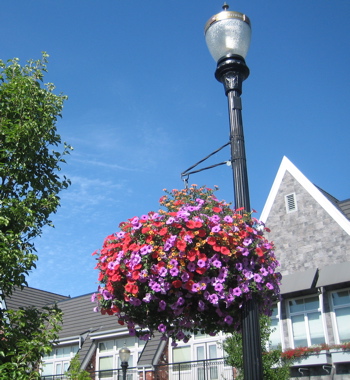 I have to give credit for a large part of the City’s strong interest in flowers to one of the City’s former mayors, Bill Gerber. Bill loved this City. He owned a nursery in Lake Grove called Gerber Gardens. He toured the world looking at gorgeous gardens and brought his love of gardens home to Lake Oswego. It was through Bill’s efforts that Lake Oswego entered into, and won, the America in Bloom competition.
I have to give credit for a large part of the City’s strong interest in flowers to one of the City’s former mayors, Bill Gerber. Bill loved this City. He owned a nursery in Lake Grove called Gerber Gardens. He toured the world looking at gorgeous gardens and brought his love of gardens home to Lake Oswego. It was through Bill’s efforts that Lake Oswego entered into, and won, the America in Bloom competition.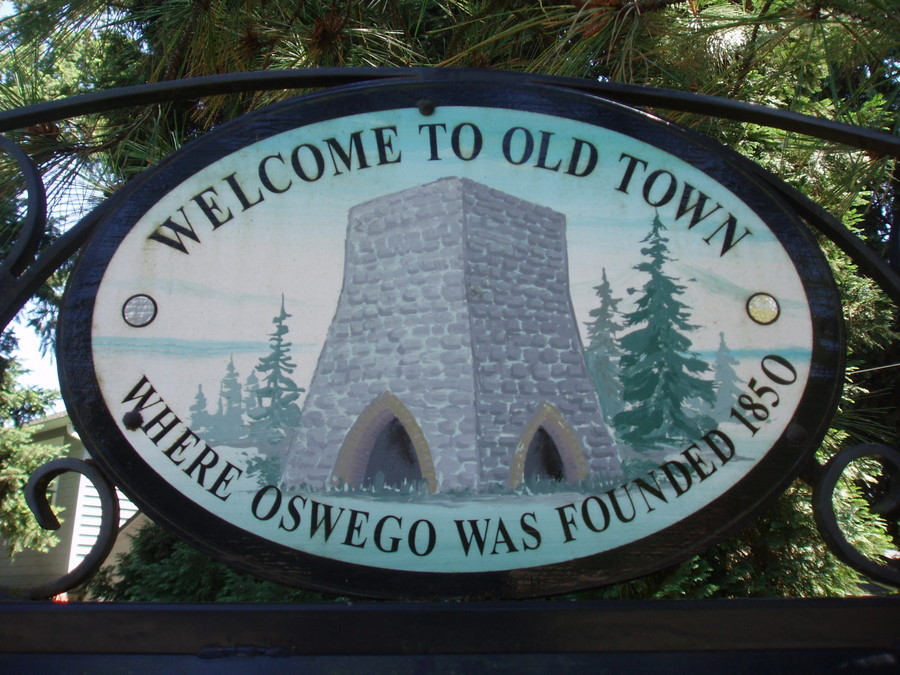
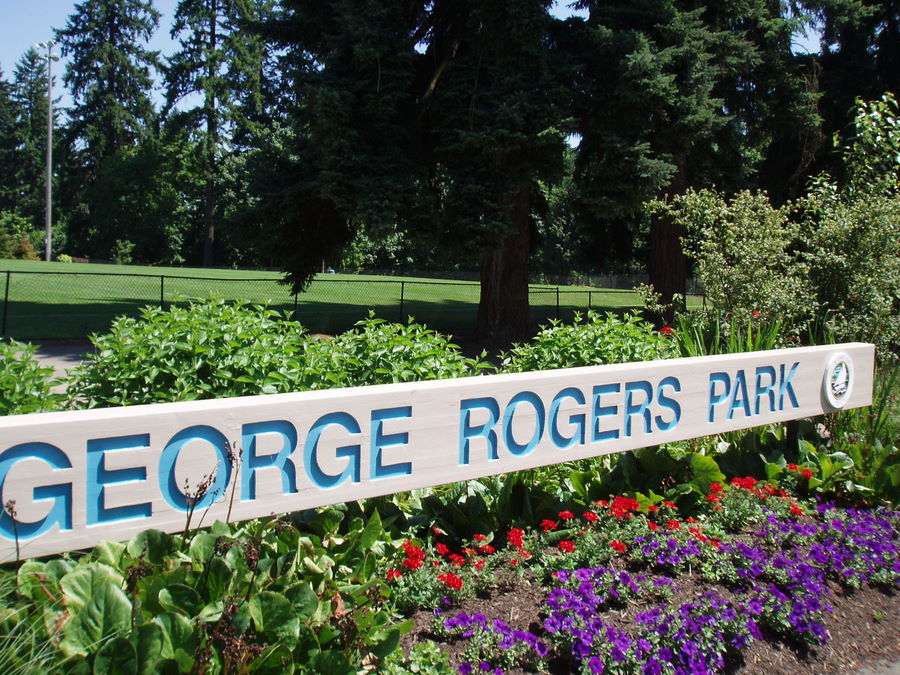



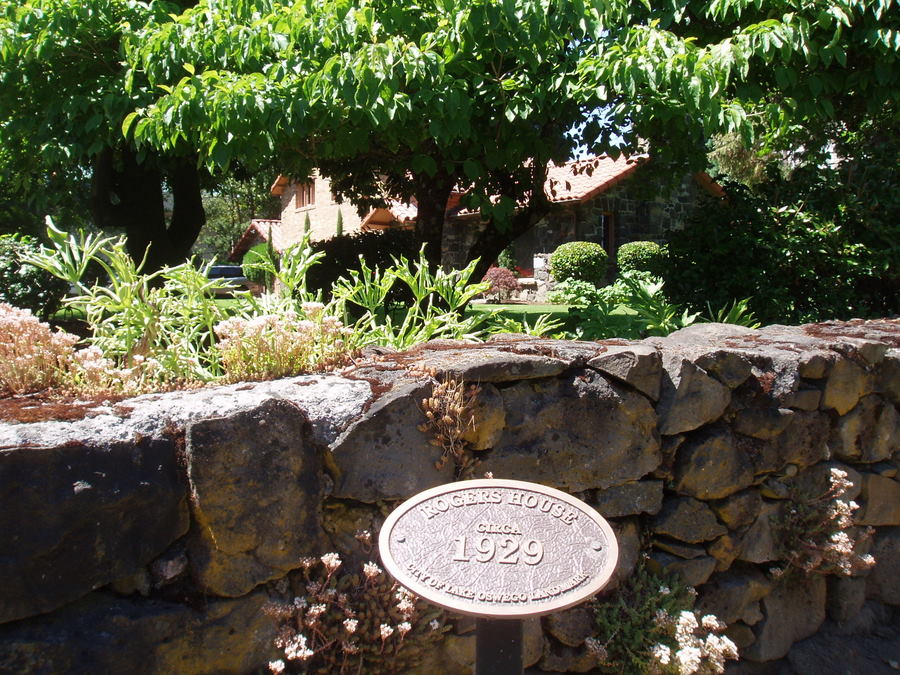

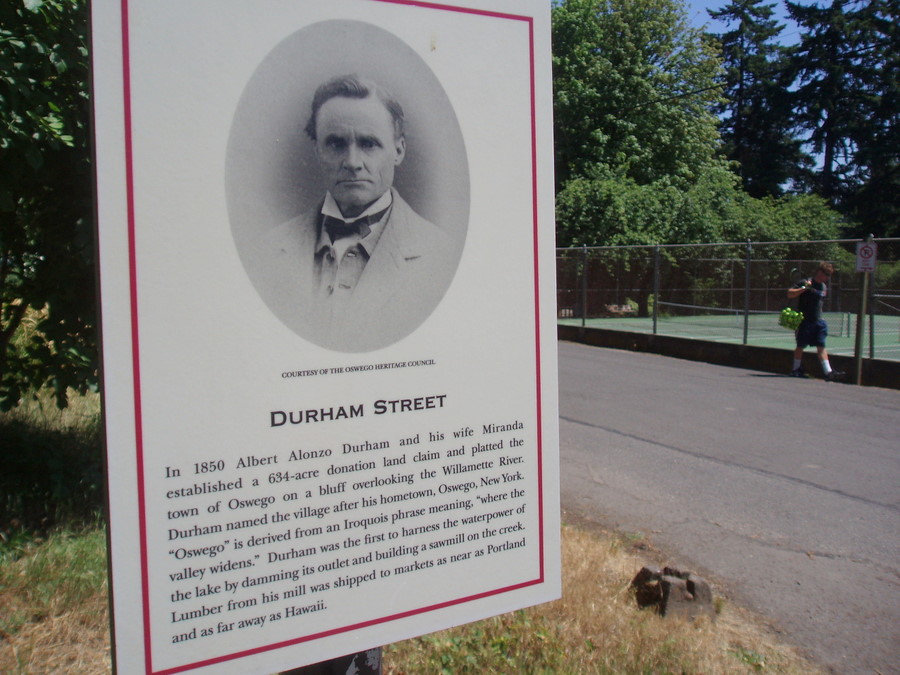

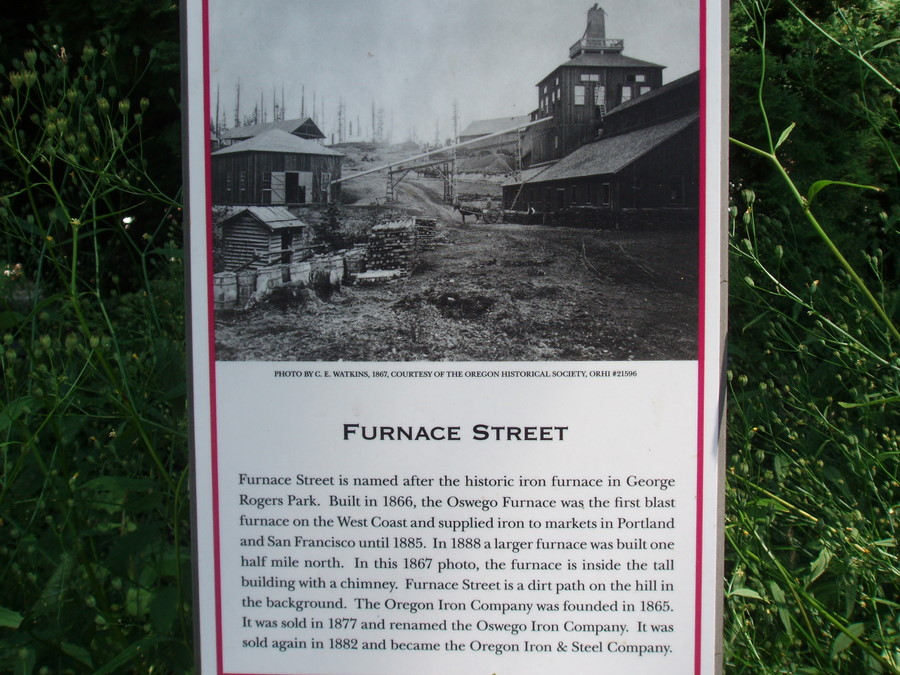

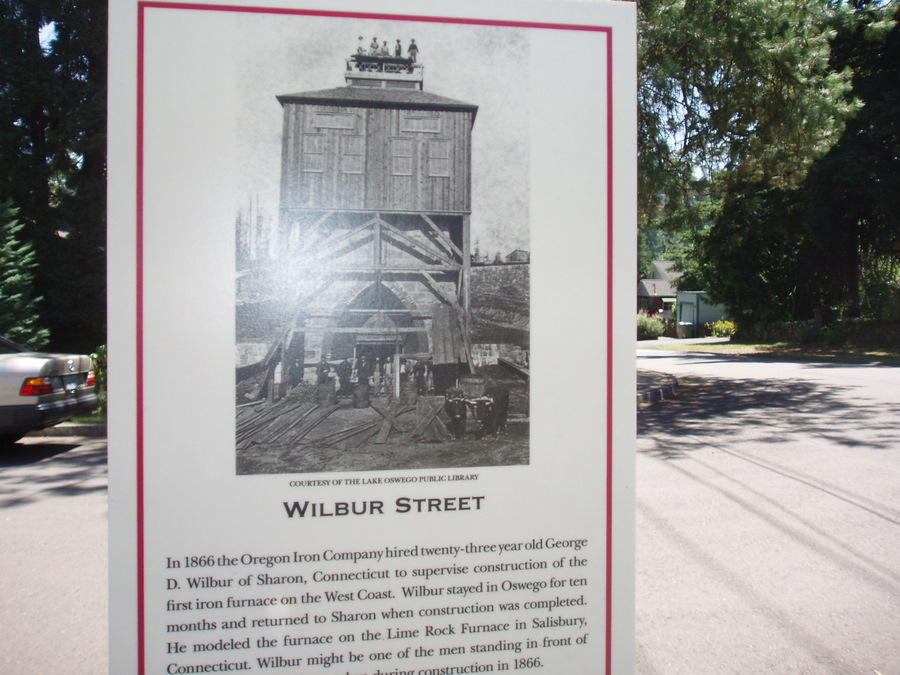


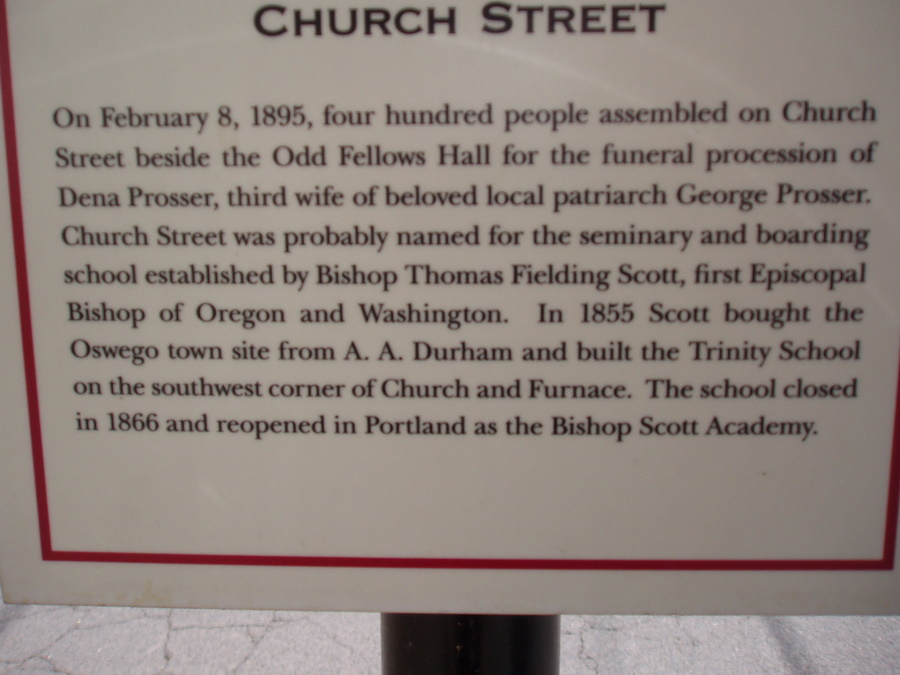




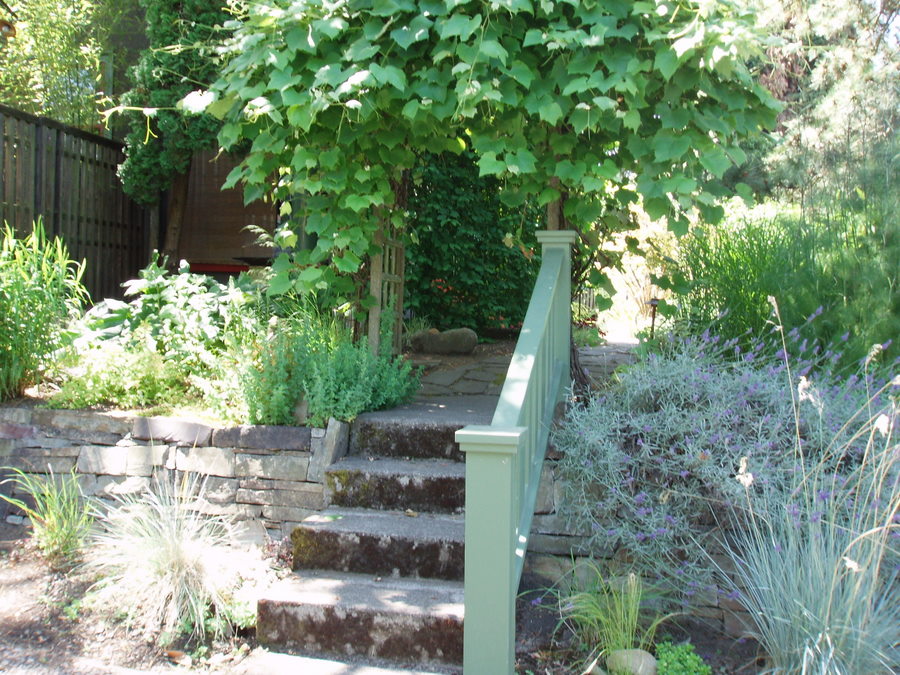




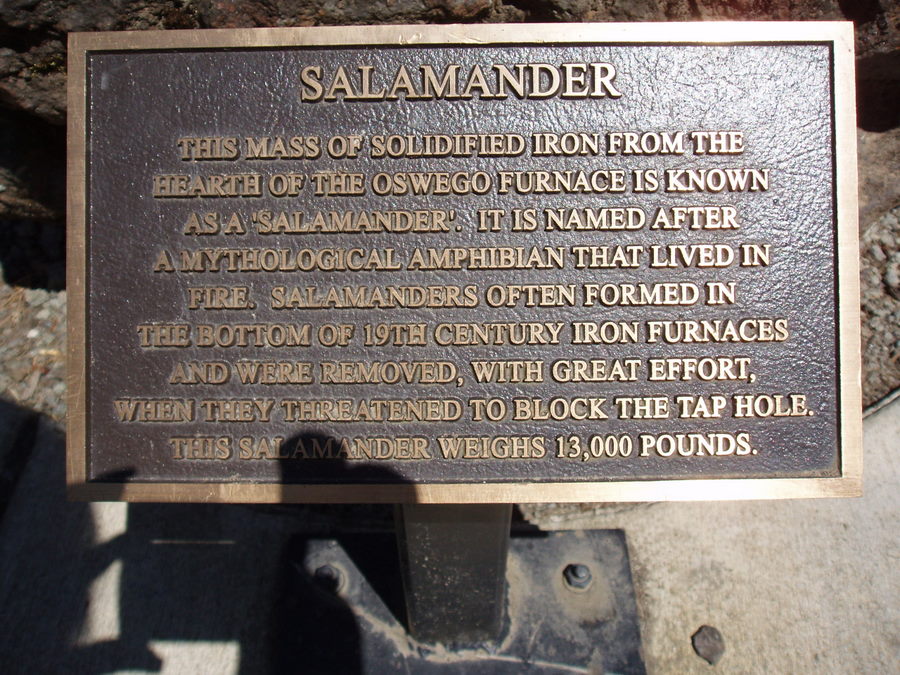


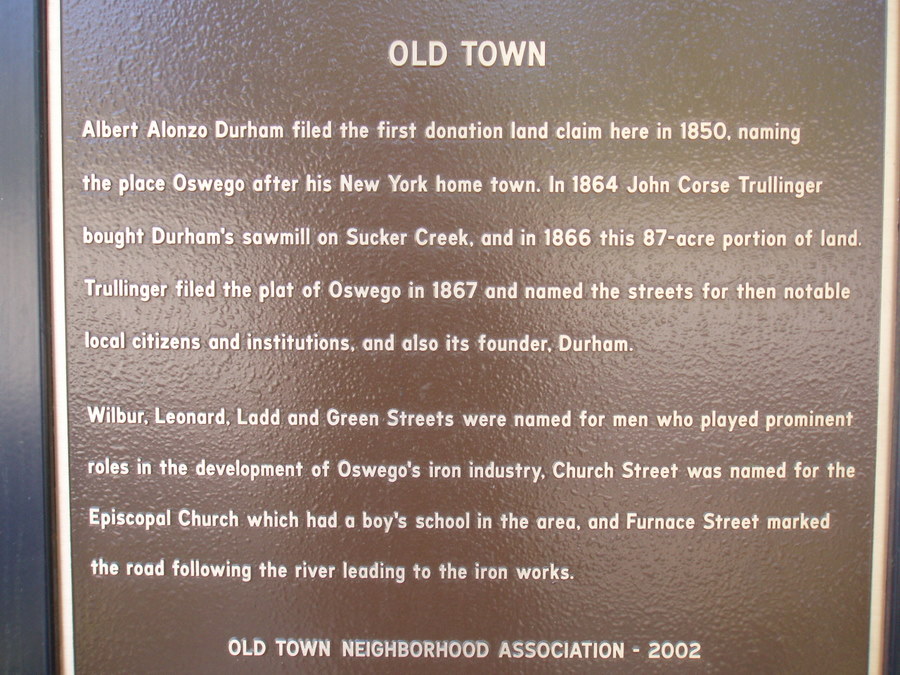
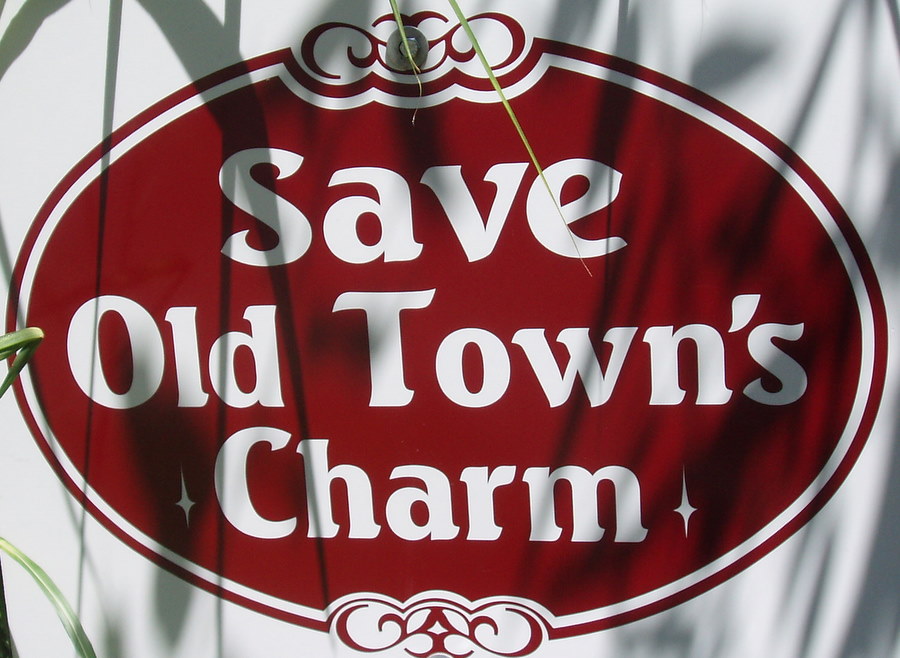





 According to Kelley Woodwick at Chicago Title, there is good news for sellers, in that flood insurance contracts may be transferred to new buyers at grandfathered rates and zones. Again, check the city’s new maps before June 18th to acquire information on the grandfathered areas… after the 18th, I am told that the information will most likely be removed from the website.
According to Kelley Woodwick at Chicago Title, there is good news for sellers, in that flood insurance contracts may be transferred to new buyers at grandfathered rates and zones. Again, check the city’s new maps before June 18th to acquire information on the grandfathered areas… after the 18th, I am told that the information will most likely be removed from the website. 